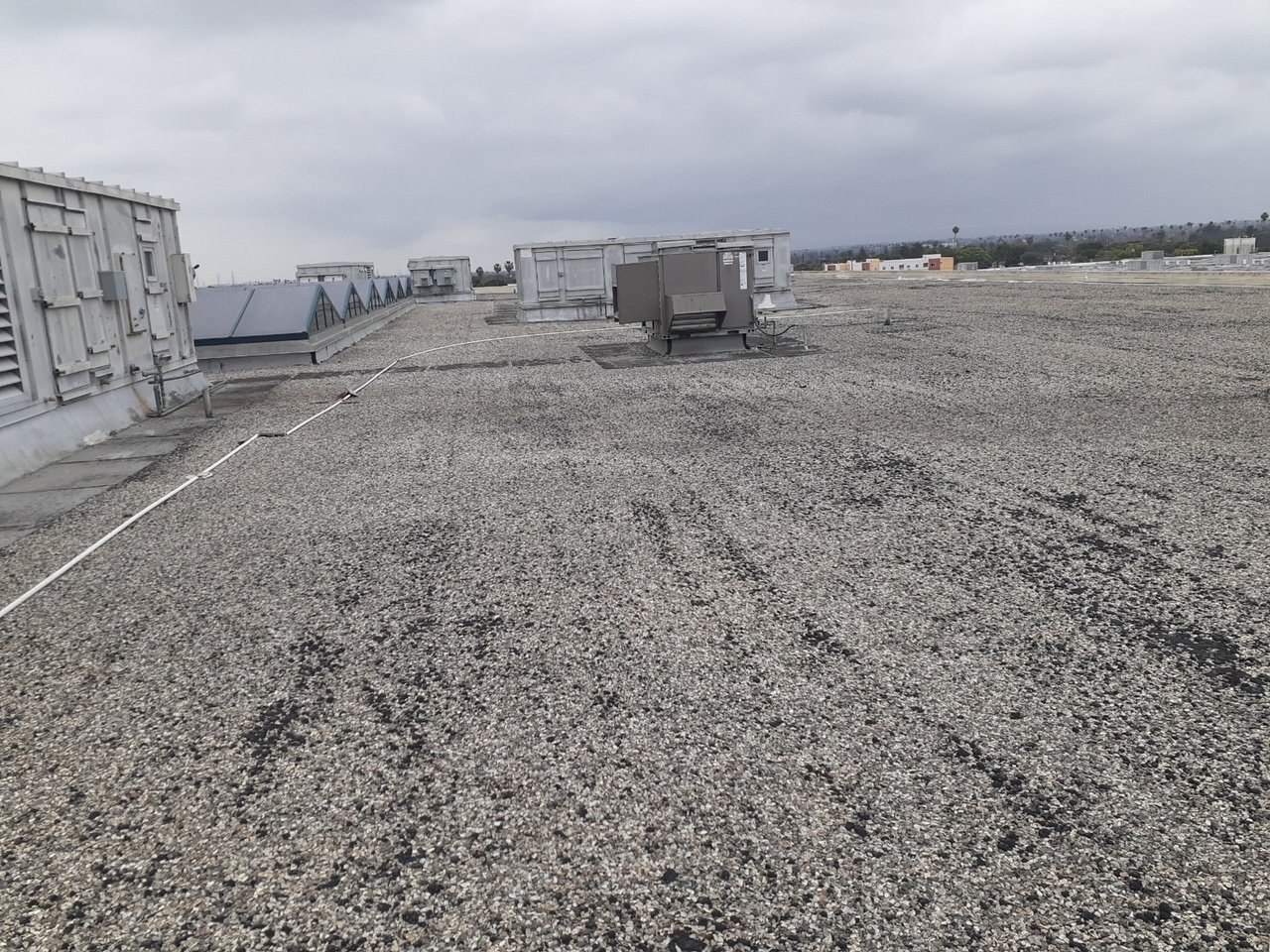Is Membrane Roofing Appropriate for a Flat Roof?
Many roofing customers in the residential and commercial spheres are increasingly curious about membrane roofing, with very good reason.
Many roofing customers in the residential and commercial spheres are increasingly curious about membrane roofing, with very good reason. A flat roof has pros and cons, depending on the geographic region. For instance, buildings with flat roofs often fall victim to water damage when there is heavy snowfall. In addition, traditional roofing methods, such as asphalt shingles, are difficult to seal completely. As a result, many building owners are unhappy to face roofing repairs due to leaks and material degradation early in a roof’s lifecycle.
Here’s what property owners of buildings with flat roofs need to know about membrane roofing.
Increasing seam strength
When a roof slopes, a natural pull from gravity helps draw moisture and precipitation off the roof. Over time, this helps minimize the chance of water damage occurring. However, flat roofs don’t have the advantage of gravity helping to pull water from the roof’s surface. As a result, water tends to collect or pool, which can lead to a quicker breakdown of the roofing materials and add stress to individual seams. Membrane roofing is created from highly energy-efficient thermoplastic polyolefin (TPO), PVC, and rubber. Membrane roofing systems are engineered to be either entirely seamless or the seams are fully sealed and waterproof. If a property owner is dealing with a flat roof where water tends to pool or areas of the country with variable weather, waterproof roofing has significant advantages.
Improving UV resistance
UV resistance is significant in parts of the country facing searing summer heat and temperatures. Many homeowners understand that winter carries significant burdens for roofing. But high temperatures and constant sun carry their own risks. UV exposure and high temperatures can increase the rate at which roofing products degrade. Membrane roofing is typically lighter than traditional roofing and designed to reflect UV light more effectively. As a result, membrane roofs more effectively resist contracting and expanding in different temperatures, ensuring both overall integrity and the strength of seams. The enhanced UV resistance also typically helps improve a home’s energy efficiency.
Considering membrane roofs
There are several different membrane roof products and systems on the market. The right choice for a property can include several factors, from the shape and construction of the building to the length of the roofing manufacturer’s warranty. One popular and highly reputable system is the IB Roofing System. The manufacturer runs a demanding certification course that ensures contractors selling and installing their products have been specially trained to help homeowners capture the full benefit of a membrane roofing system. The product also carries an extensive warranty, offering 25 years of commercial property coverage and a lifetime residential application warranty. Other brands include Weatherbond, Carlisle Syntec Systems, Verisco Roofing Systems, and Johns Manville.
Residential and commercial property owners with a flat roof that needs repair or replacing consider a membrane roofing solution. Membrane roofing can protect the building from the weather and the sun.
Contact a reliable roofing contractor to help determine the best flat roof for the property.
it is costly. Therefore, if it is sagging, cracking, leaking, or missing shingles, it will
Irish Roofing Company offers commercial, flat roofing, rolled roofing, TPO, roof coating, and protech products to Scottsdale business owners. We offer ethical and professional services.

